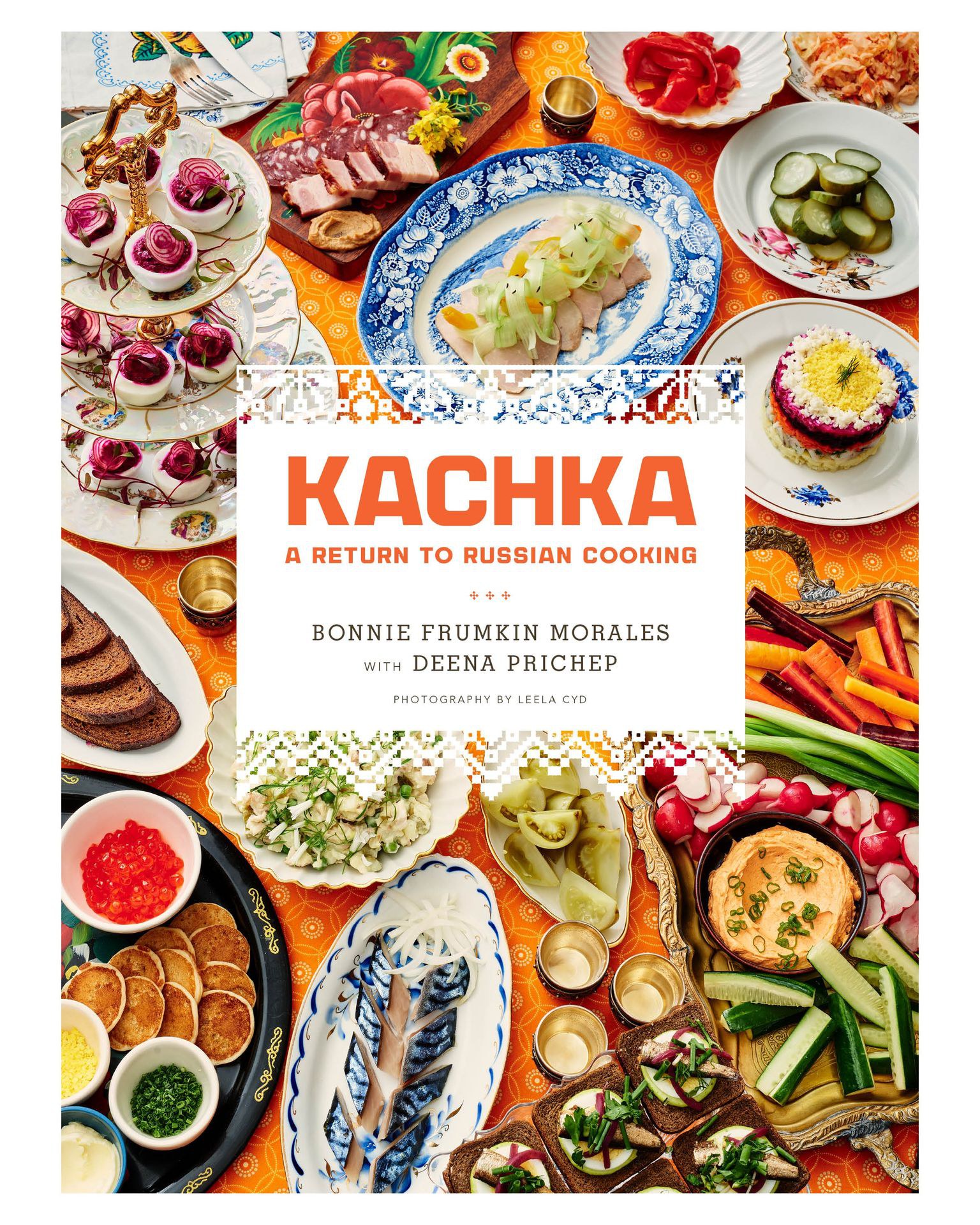“The most basic form of kvas comes from having stale bread around and not wanting to waste anything,” says chef Bonnie Frumkin Morales of Kachka in Portland. People would take bread ends and toast to prevent mold, then cover them in water with sugar, raisins, or honey, and a natural fermentation process would begin. Kvas was developed, as most fermented beverages did, as a safer way to drink water.
“There’s a huge range of flavors and looks,” says Frumkin Morales. “Some kvas will be super hazy and golden colored, to something more malty and medium amber. It can be clear too, it has to do with process. Just like with beer, you can have beer that is super light or viscous.”
Coca-Cola owns a variety of kvas brands in Russia, but Frumkin Morales shares a home fermentation recipe in her book, “Kachka.”
KVAS
Квас
Yields 2 quarts
Kvas is a bread-based, mildly fermented drink that has been around for centuries — back when drinking low-pH kvas was safer than drinking questionable water. Both of my parents have fond memories of lining up in summer for the kvas truck — a sort of tank on wheels serving ice-cold kvas for a few kopeks from a shared cup.
Unfortunately, most of the kvas you find in stores today is not the real deal. Instead of creating a live beverage out of heels of bread, yeast, and some time, commercial kvas can be a disappointing mix of caramel coloring and far too much sugar. Do yourself a favor, and mix up a batch of real kvas. You were wondering what to do with that leftover brown bread from your zakuski party anyways, right?
Ingredients
- ¾ pound dark rye bread scraps— the flavor of kvas comes from bread, so get yourself a good dense hearty loaf
- 3 quarts water, divided
- 1 ¼ teaspoons active dry yeast (half a standard packet, aka 6 grams)
- ¾ cup granulated sugar
- 2 dozen raisins
Instructions
- Preheat your oven to 350° Fahrenheit.
- Cut the bread into ¼-inch slices, and lay them out on a baking sheet. Toast in the oven until they’re completely dry, with a little bit of color (but not burnt) — the exact time will vary depending on how stale your bread was starting out, but about 20 minutes.
- When the bread is toasted, place it in a large heat-proof bowl or pot. Bring a quart and a half of water to a boil, and pour it over the bread. Let it steep for an hour, and then strain, keeping both the bread and the water. Set aside the first steeping of water, and place the soggy bread back in the pot. Bring another quart and a half of water to a boil, pour it over the bread, and let steep another hour (the double steeping pulls more flavor out). Using a fine mesh strainer, strain and discard the bread. Combine the steeped waters in a large container.
- Add the yeast and sugar to the strained liquid, and stir to dissolve. Taste the liquid so you have a baseline to gauge the fermentation, then place a cheesecloth or clean dishtowel over the top. Let the mixture sit at room temperature for about 8-10 hours (longer if the room is cool, shorter if it’s warm), until it gets slightly fizzy and becomes less sweet (as the sugars are eaten by the yeast). It can continue to sit out longer if you would like the finished product to be more dry than sweet. Just continue to taste periodically until it gets to the desired flavor. Note that like Kombucha, kvas is a fermented beverage that does contain small amounts of alcohol. The longer it ferments, the more alcohol it will contain.
- When the kvas has fermented to your taste, add the raisins, cover, and transfer to the refrigerator. Let chill thoroughly, popping the lid a few times to remove the pressure from residual fermentation. Serve cold.

“Just like with beer, you can have beer that is super light or viscous.” Chef Bonnie Frumkin Morales shares a home fermentation recipe in her book, “Kachka.” Photos courtesy of Flatiron Books.
